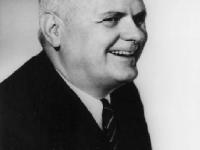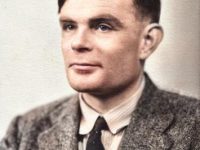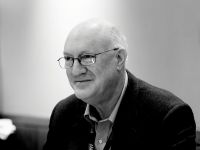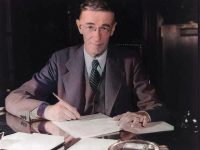It’s Computable – thanks to Alonzo Church
You know, the fact that you can read your email on a cell phone as well as on your desktop computer or almost any other computer connected to the internet, in principle is possible thanks to mathematician Alonzo Church, who gave the proof (together with Alan Turing) that everything that is computable on the simple model of a Turing Machine, also is computable with any other ‘computer model’.[8] Academic Career Alonzo Church…
Read more











